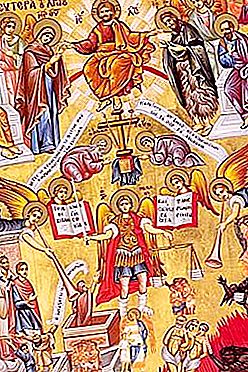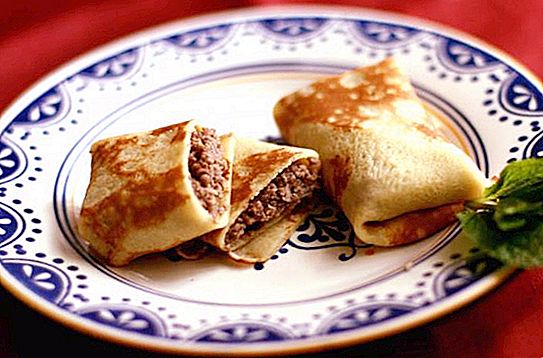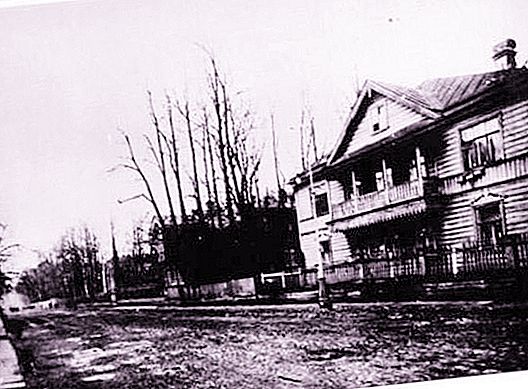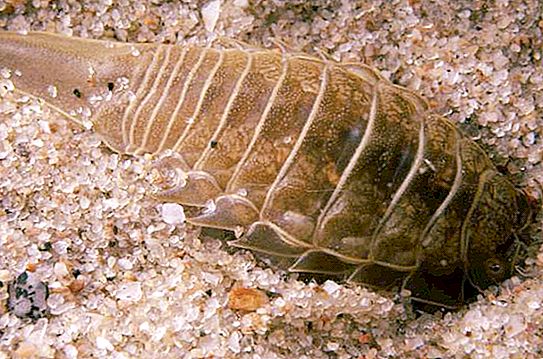Meatless week is part of a series of preparatory events preceding Lent, which, in turn, is the eve of the main Orthodox and ancient Christian Easter holiday, personifying the greatest event - the resurrection of the dead Jesus Christ.
The whole preparatory period before Easter

The significance of the great holiday is emphasized by the Great Lent preceding it, during which a person mentally and physically prepares for this event.
The Great Lent itself is preceded by preparatory weeks (three of them) and Weeks (four of them). It should be noted right away that in the Old Slavonic language, the week is a week in the current sense, and the Week is Sunday. The word is supposed to have come from the verb "do not do, " which means a ban on work and dedication to God. The whole, in modern language, preparatory cycle before Easter has 70 days. It begins on Sunday (Week on the Publican and the Pharisee) and ends on Holy Saturday, which marks the end of Holy Week - the last week. Lent in church life has another name - Holy Pentecost. It is preceded, as noted above, by three weeks, during which a strictly defined order of services is carried out.
Four Sundays - Four Milestones
Actually, it’s not all the days of these weeks that matter, but only Sundays, which are given names — about the tax collector and the Pharisee, about the prodigal son, meat-eating week and raw-cheese. Last Sunday coincides with the ancient, pagan and very beloved holiday - Maslenitsa, immediately after which, on Monday, Lent begins. The essence of these preparations is the preparation of a gradual transition to severe abstinence. In itself, this order is very ancient and has been known since the 4th century.
Meatless week, continuing spiritual repentance of a person, begins to prepare him physically. It is the last day when meat can be eaten. This day is also called the Last Judgment Week, because all 6 days preceding this Sunday at the liturgy are read pages from the Gospel dedicated to the Day of Judgment.
Beginning of meat burning

What does meatless week mean? This is the day after which the "vacation" of meat ends, so he had to eat enough. It was believed that on this day it was customary to slurp 12 times cabbage soup and eat meat 12 times. This Sunday concludes the meat-and-empty week that begins on Monday, after the Prodigal Son Week (Sunday). This week is also popularly called motley or pockmarked. This happens because in two of its six days (Wednesday and Friday) they are already “talking for meat, ” that is, fasting. Thus, it differs from the previous week, when meat is eaten every day, and from the subsequent cheese week, when it is not eaten at all.
Ecumenical Parental Saturday

Meatless week completes the week, which has another name - in the people it is called a funeral. On meaty Saturday, which is also called the Ecumenical Parent, it was customary to go to the cemetery to commemorate the dead father and mother (in Belarus, commemoration days were on Thursday and Friday). There are several more traditions associated with this period. These days, winter weddings ended. In support of this, there are many proverbs. One of them is “To marry Pestra — to intermarry with misfortune.” In addition, it was during the meat week that people went to their neighbors and invited them to their carnival celebrations. The day before, in some regions it was decided to carefully clean the house, prepare a festive table, that is, wait for guests.




